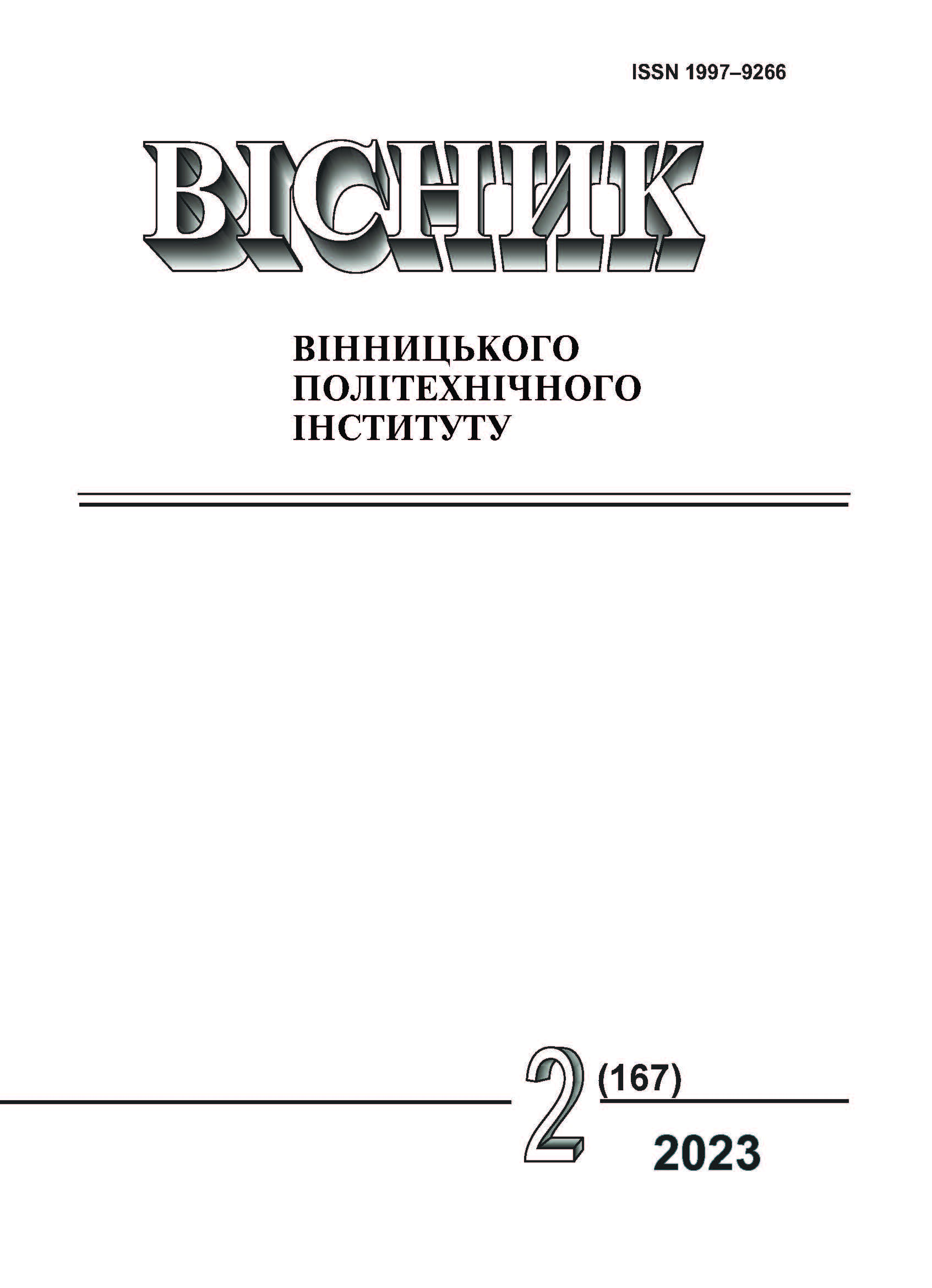Increasing the Reliability of User Authentication Based on Protected Electronic Key and Behavioral Biometrics
DOI:
https://doi.org/10.31649/1997-9266-2023-167-2-102-111Keywords:
information system, two-factor authentication, electronic key, entropy of mouse movementsAbstract
The rapid spread of software applications in all spheres of human activity necessitates the need to ensure the protection of the data contained in them. Therefore, currently, the issues related to the improvement of authentication methods to prevent unauthorized access to software resources are relevant. To solve these problems, it is important to consider that different types of systems have their own unique requirements for authentication subsystems. In addition, the active development of computer technology makes it possible to break authentication algorithms, which were considered reliable a few years ago. In this regard, the work proposes to improve the reliability of user authentication based on a protected electronic key using the AES algorithm and analysis of the entropy of mouse movements, which is an individual characteristic for each person. The implementation of the electronic key is due to its advantages, such as reduced costs, increasing the convenience of use, reducing the probability of loss or theft, and reducing the risk of attacks through an intermediary. Analyzing the entropy of mouse movements will enable to perform the user authentication based on biometric behavioral characteristics that are universal, unique and permanent. Describing the algorithm of the mouse entropy analysis process, it is worth noting that the feature of tracking dynamic behavioral characteristics is that the user moves the mouse cursor along a complex curve with a speed that changes during the movement. The shape of the curved line and the speed of the cursor movement are determined by a number of physiological and psychological factors, in particular, such as: the size and weight of the hand, the position of the hand and the whole body, the state of the nervous system, user habits, etc. To improve the user authentication algorithm in the protected application, an electronic key using the JSON Web Tokens technology, which allows you to avoid authentication errors, increase the performance and scalability of the application, has been developed. Testing of the developed application will be performed on the basis of unit tests and the study of FAR and FRR indices.
References
Департамент спеціальних телекомунікаційних систем та захисту інформації Служби безпеки України, «Термінологія в галузі захисту інформації в комп’ютерних системах від несанкціонованого доступу,» НД ТЗІ 1.1-003-99, чинний від 01.07.1999.
В. В. Фесьоха, і Н. О. Фесьоха, «Модель нечіткої автентифікації користувачів інформаційних систем органів військового управління на основі поведінкової біометрії,» Захист інформації, т. 23, № 2, с. 116-123, 2021.
О. В. Горбенко, Ю. Л. Горбенко, А. Ю. Горбенко, і О. М. Сівоха, «Захист інформаційних систем за допомогою використання методів автентифікації,» Збірник наукових праць Центру воєнно-стратегічних досліджень НУОУ імені Івана Черняховського, с. 79-85, 2020.
О. Г. Корченко, А. М. Давиденко, і О. О. Висоцька, «Метод автентифікації користувачів інформаційних систем за їх рукописним почерком з багатокроковою корекцією первинних даних,» Захист інформації, т. 21, № 1, с. 40-51, 2019.
P. Jayapriya, R. R. Manimegalai, and R. Kumar Lakshmana, “A Survey on Different Techniques for Biometric Template Protection,” Journal of Internet Technology, vol. 21, no. 5, 2020.
A. Sarkar, and Binod K. Singh, “A Review on Different Biometric Template Protec-tion Methods,” Recent Advances in Computer Science and Communications, vol. 14, issue 5, pp. 1551-1572, 2021.
Google Authenticator. GooglePlay. [Electronic resource]. Available:
https://play.google.com/store/apps/details?id=com.google.android.apps.authenticator2&hl=uk&gl=US . Accessed: 15 March 2023.
Duo Mobile. GooglePlay. [Electronic resource]. Available:
https://play.google.com/store/apps/details?id=com.duosecurity.duomobile&hl=uk&gl=US. Accessed: 15 March 2023.
Microsoft Authenticator. GooglePlay. [Electronic resource]. Available:
https://play.google.com/store/apps/details?id=com.azure.authenticator&hl=uk&gl=US. Accessed: 15 March 2023.
Free OTP. GooglePlay. [Electronic resource]. Available:
https://play.google.com/store/apps/details?id=org.liberty.android.freeotpplus&hl=uk&gl=AZ. Accessed: 15 March 2023.
Authy. GooglePlay. [Electronic resource]. Available:
https://play.google.com/store/apps/details?id=com.authy.authy&hl=uk&gl=US. Accessed: 15 March 2023.
JSON Web Tokens. [Electronic resource]. Available: https://auth0.com/docs/secure/tokens/json-web-tokens. Accessed: 15 March 2023.
Douglas-Packer algorithm. Towardsdatascience. [Electronic resource]. Available:
https://towardsdatascience.com/simplify-polylines-with-the-douglas-peucker-algorithm-ac8ed487a4a1. Accessed: 20 March 2023.
Unit testing. Techtarget. [Electronic resource]. Available: https://www.techtarget.com/searchsoft warequality/definition/unit-testing#:~:text=Unit%20testing%20is%20a%20software,independently%20scrutinized%20for%20proper%20operation. Accessed: 20 March 2023.
FAR and FRR: security level versus user convenience. Recogtech. [Electronic resource]. Available: https://www.recogtech.com/en/knowledge-base/security-level-versus-user-convenience. Accessed: 20 March 2023.
Postman. Офіційний сайт Postman.com [Electronic resource]. Available: https://www.postman.com. Accessed: 20 March 2023.
Downloads
-
PDF (Українська)
Downloads: 134
Published
How to Cite
Issue
Section
License

This work is licensed under a Creative Commons Attribution 4.0 International License.
Authors who publish with this journal agree to the following terms:
- Authors retain copyright and grant the journal right of first publication.
- Authors are able to enter into separate, additional contractual arrangements for the non-exclusive distribution of the journal's published version of the work (e.g., post it to an institutional repository or publish it in a book), with an acknowledgment of its initial publication in this journal.
- Authors are permitted and encouraged to post their work online (e.g., in institutional repositories or on their website) prior to and during the submission process, as it can lead to productive exchanges, as well as earlier and greater citation of published work (See The Effect of Open Access).





